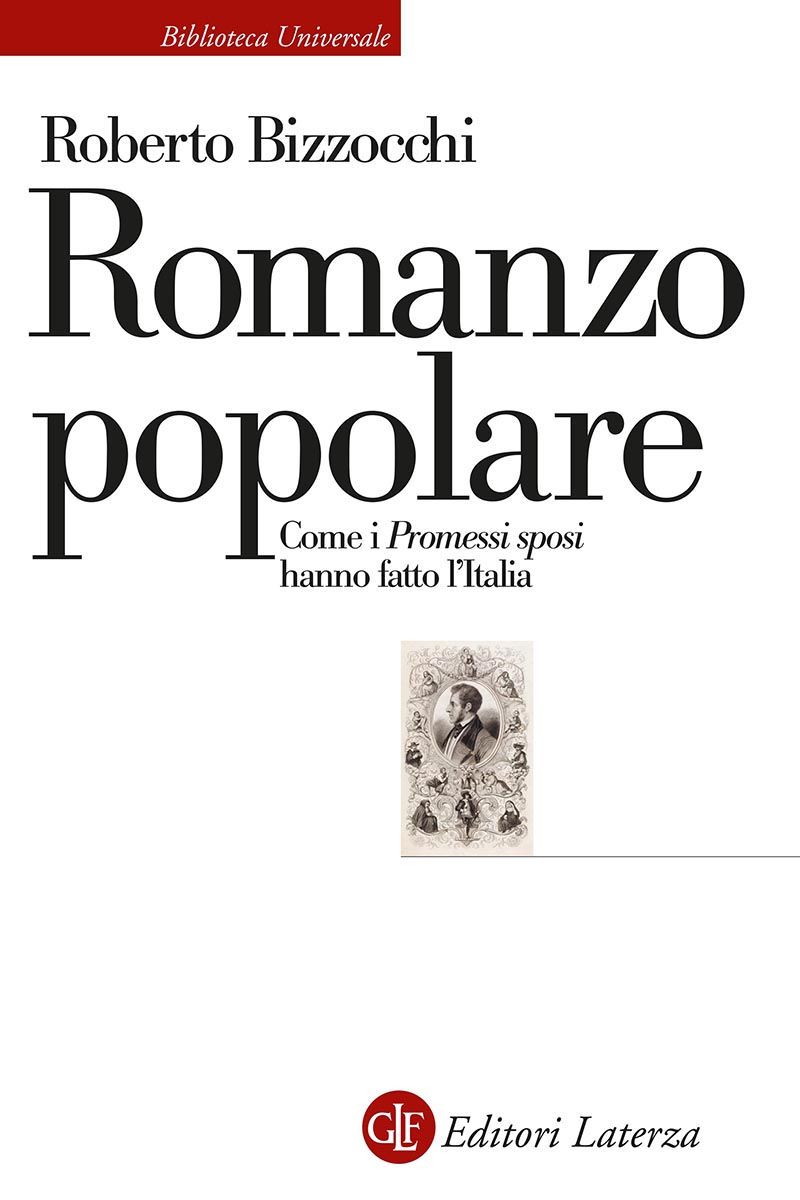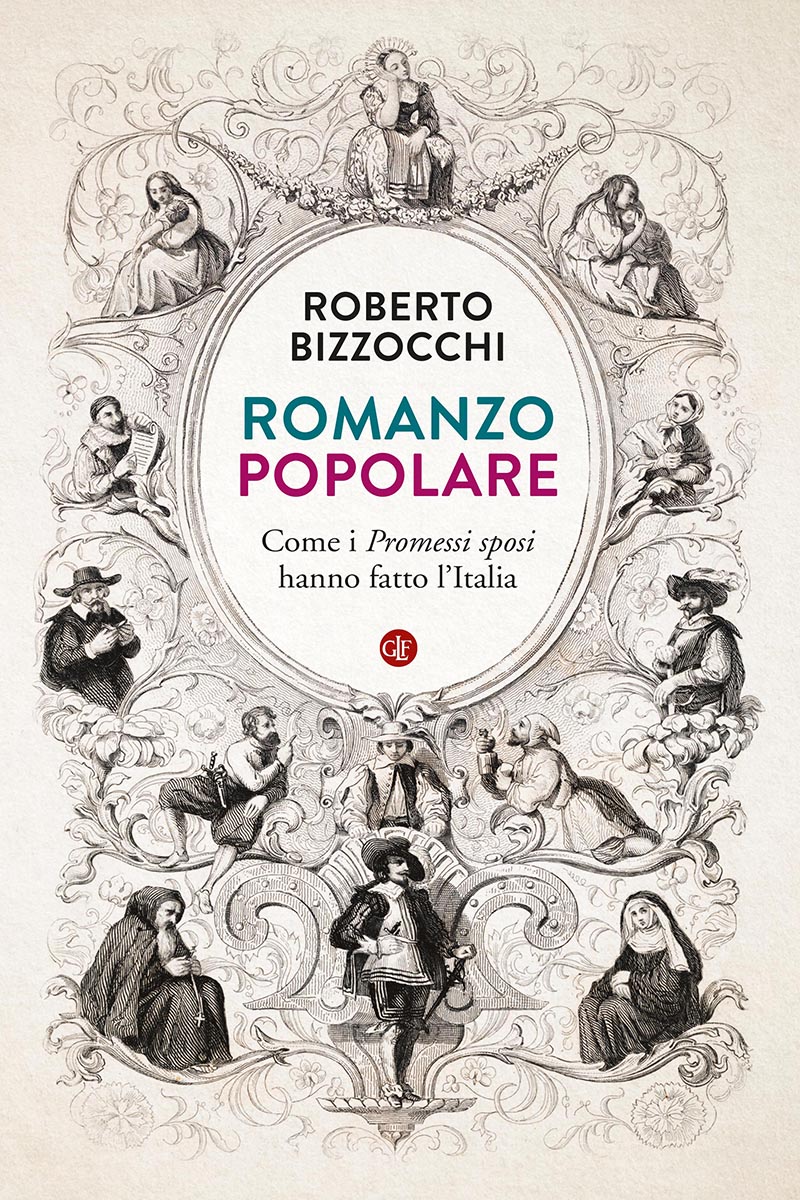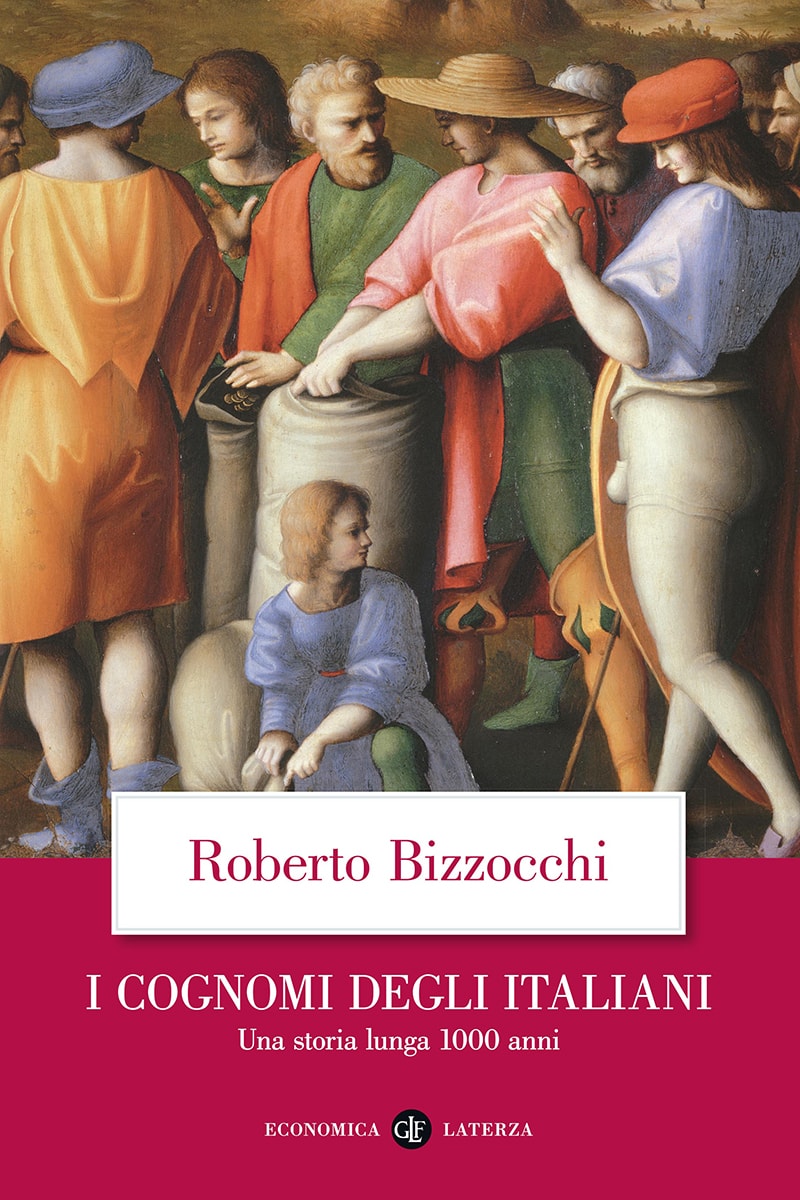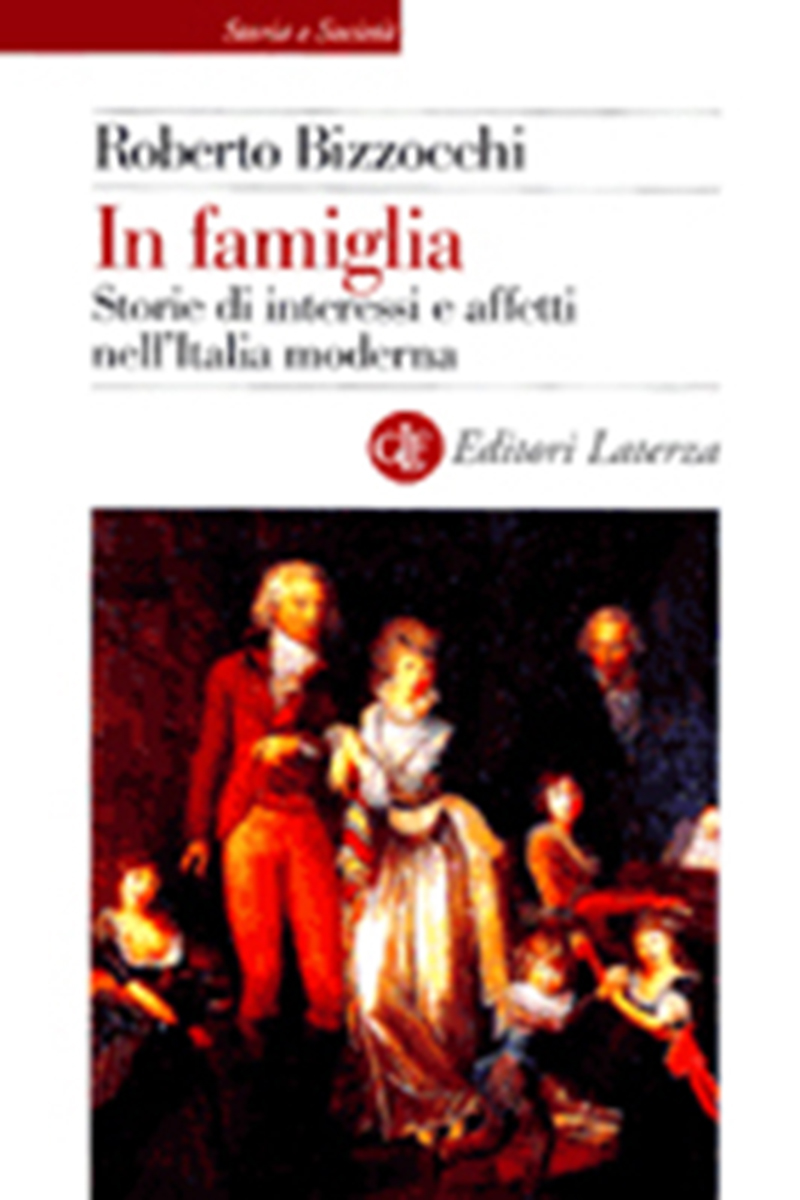
Pages: 368
Series: SS
ISBN: 9788842086444
The Ladies'Men. Private morality and national identity in Italy
RIGHTS SOLD TO:
Palgrave (UK) - Hosei Up (Giappone) - Booksea (Korea)
A ladies'man, a social butterfly that flits around the fair sex, an habitué of high-class circles, a cross between effeminate and gallant, well in with all the right people… If we had to imagine him nowadays, this is how we would describe him. But there was a time, or rather a whole century, in which the ‘ciscisbeo’ played a very specific role. In the seventeenth century the Italian cicisbeo was someone who was constantly to be seen on the arm of somebody else's wife, paired with her in society and keeping her company day and night…if not into the morning. This was done openly and with the husband's approval. The practice was so widespread among Italy's noble class that it became a defining feature of an era and society, the object of moral debate and artistic inspiration. Immortalized by the literary genius Parini as well as by the comic wit of Goldoni, depicted in the paintings of artists such as Longhi and Tiepolo, in the eyes of foreign observers the cicisbeo came to embody the very essence of alleged Italian immorality. The truth of the matter, however, lies elsewhere, and has to do with the system of arranged marriages that characterized those years and the illuminist reawakening of the aspiration towards freedom, which would prove, as it turned out, restricted and ephemeral. Indeed, the moralizers did not have long to wait: the days of the cynical, frivolous cicisbeo were numbered, all too soon he would be swept away by a tidal wave of romantic zeal and the new morals of the Risorgimento.





